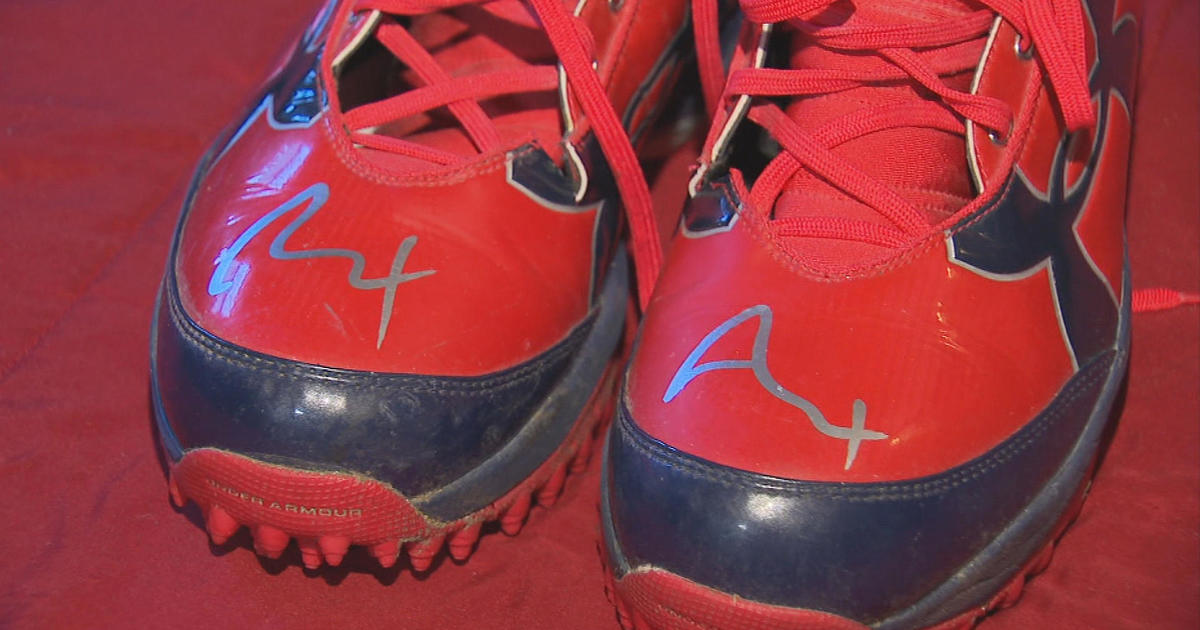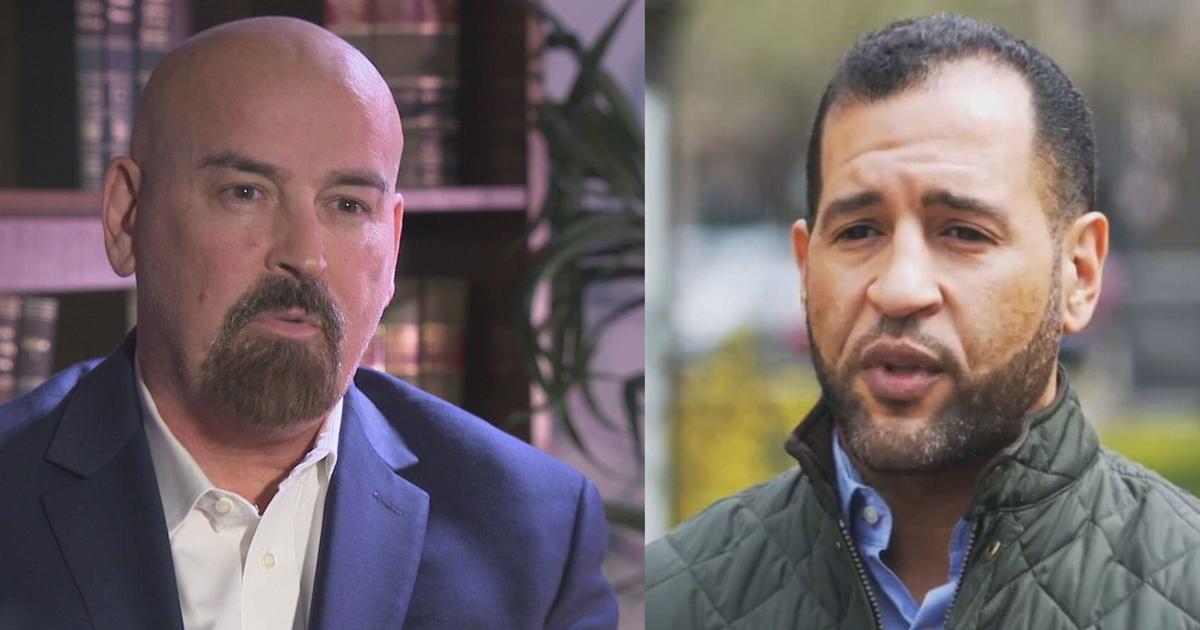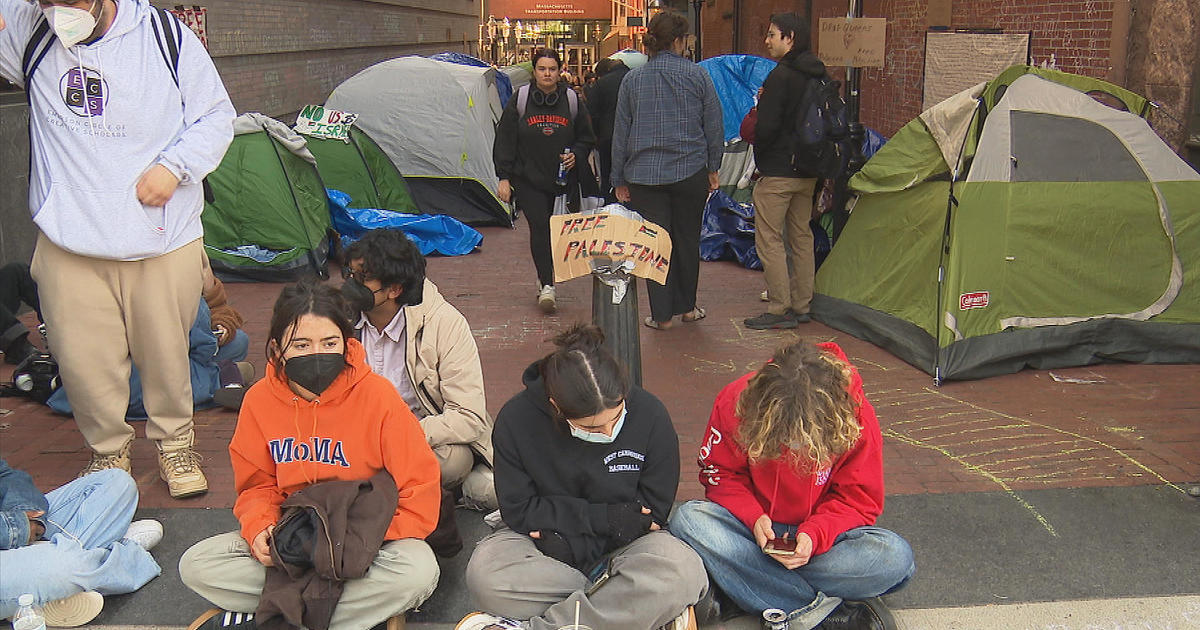I-Team: New Isolation Room Law May Not Protect All Students
BOSTON (CBS) - The case of a Lexington special needs kindergartener being locked in a room for behavioral issues sparked outrage when her father questioned the practice three years ago.
"Nothing in the room, no chair no table, no books," said Bill Lichtenstein.
"Severe isolation or frightening isolation can be really very destructive," says Psychologist Elizabeth Englander.
Cases like that are part of the reason the state imposed new regulations that will take effect next year, restricting the use of seclusion and restraint in Massachusetts public schools.
But Phyllis Hughes believes that new law would not have protected her daughter Blake. Last fall, the special needs student with autism was placed in a 'time out room" at a public school in New Bedford because she was anxious over a bullying incident.
She was so distraught, her mom says she was hospitalized overnight.
"I was devastated because this was a different child," Hughes said. "To see a kid just shut down and not want to live.. killed me."
Blake wouldn't talk to WBZ on camera, but she did give us a written account of what she says happened.
"When they sent me to the time-out room, it was a smaller room. There was no chairs, I had to stand. I was crying even more and getting even more anxious and I wanted to go to the nurse and they wouldn't let me. I did nothing wrong and they were treating me like I did something wrong."
"She has been traumatized ever since then," Phyllis Hughes says.
While seclusion is banned, time-out is still allowed. But the only real difference is the door is not locked. The result is the same, a student alone in a room during a time of stress.
"I would never recommend putting a child who is the target of a bully in isolation," said Englander.
The New Bedford school system would not talk about Blake's case and denied the I-Team's request for an interview. They also refused to let WBZ see the time out room.
In a statement a spokesperson said: "Typically, the time-away room is utilized by students for five to ten minutes; students may use the room longer, often by their own choice."
But Blake insists she was there for hours and it was not by choice. The I-Team obtained documents logging each use of the separation room at Blake's school. There are more than 60 different incidents just in the month of November. Only a handful were by choice.
Psychologist Elizabeth Englander says time out can be helpful, but it has to be done properly and by trained staff.
"You need to make sure that children don't have very negative associations with isolation," Englander says.
And statistics from the federal government show students with disabilities are disproportionately impacted by this type of discipline.
In Massachusetts, students with disabilities make up 16% of the population, but 82% of the students who are restrained or isolated. Well above the national average.
"My daughter has never done anything wrong," Phyllis Hughes says. "But they treated her like she was the one with the problem. Instead of the kid that was bullying her."
Hughes says her daughter's case is now being investigated the U.S. Department of Education.
They are looking into whether placing Blake in the room violated her civil rights and whether the school denied her the access to the proper education for her disability.



